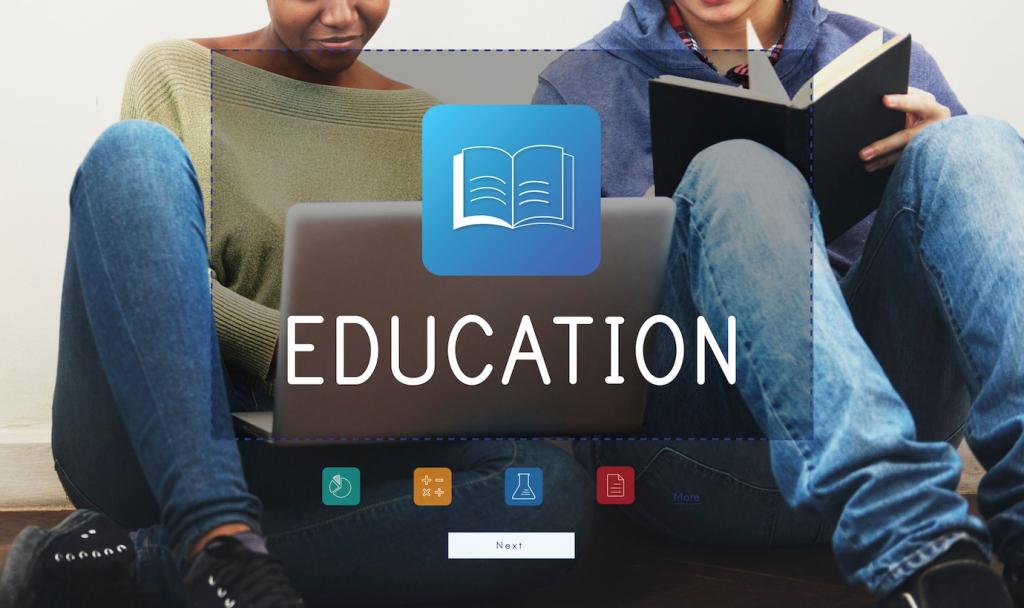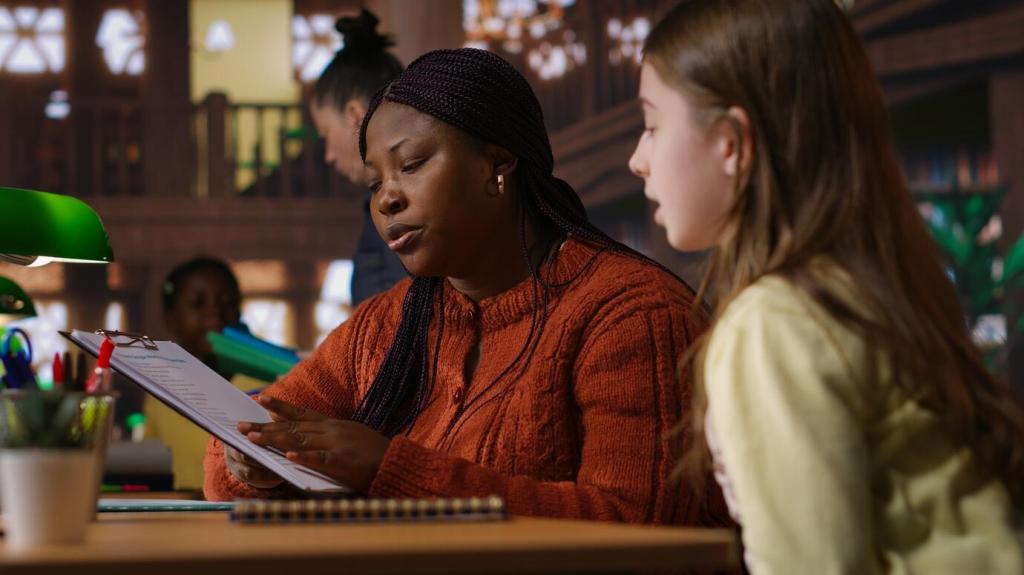Creating Tutorials for Diverse Learning Styles
Chosen theme: Creating Tutorials for Diverse Learning Styles. Welcome to a friendly space for building tutorials that meet learners where they are—clear, flexible, and human-centered. Join in, share your experiences, and subscribe for ongoing practical frameworks and field-tested tips.
Mapping the Learning Landscape Without Labels
Turn processes into annotated diagrams, storyboards, and step maps. Pair each image with a concise caption and a one-sentence takeaway. Invite readers to screenshot steps, highlight key transitions, and share where visuals clarified a sticky concept for them.
Designing Flexible Tutorial Blueprints
Break outcomes into visible milestones and micro-goals learners can celebrate. Each step should have a definition of done, a two-minute practice, and a reflection question. Ask readers to share a screenshot of their milestone board and what micro-goal gave them momentum today.
Not everyone starts at zero. Provide fast-track intros, beginner-friendly on-ramps, and expert summaries. Use icons to mark difficulty and time. Encourage readers to comment with their chosen entry point, so future updates prioritize the routes most people actually take.
Add estimated times, progress bars, and pause points. Offer optional deep dives for curious readers without overwhelming newcomers. Invite subscribers to vote on which detours deserve full standalone guides in the next update cycle.



Images and Diagrams with Meaningful Alt Text
Use diagrams to compress complexity, then write alt text that conveys structure, not decoration. Mention relationships, flows, and outcomes. Invite readers using screen readers to share whether the alt text matched their mental model, and what details they wished we added.

Audio, Captions, and Transcripts in Harmony
Provide human-verified captions with speaker labels and timestamps. Offer transcripts with headings, links, and image descriptions. Ask subscribers if they prefer condensed transcripts or full versions, so we can tailor future releases to their listening and reading routines.

Color, Contrast, and Cognitive Load
Limit simultaneous colors, respect contrast ratios, and avoid meaning expressed only by color. Space steps with generous white space. Invite readers to post screenshots where contrast felt borderline, helping us refine palettes for comfort, clarity, and wide accessibility.
Assessment and Feedback Loops That Guide Progress
Insert one-question checks after critical steps, with immediate explanations and links to review. Keep stakes low and guidance explicit. Encourage readers to share which quick check revealed a gap, and how the follow-up resource closed it for them.
Assessment and Feedback Loops That Guide Progress
Offer timed reflections: What surprised you? What step felt hardest? What would you try differently? Encourage journaling or voice notes. Ask subscribers to submit a short reflection; we will anonymize insights and highlight patterns in future updates.



Keyboard-First and Screen Reader Friendly
Ensure all interactive elements are reachable by keyboard and labeled for assistive tech. Provide focus states and skip links. Ask readers using screen readers to report pain points, and we’ll prioritize fixes with transparent timelines and public acknowledgments.

Document Structure and Navigation
Use semantic headings, descriptive links, and consistent section patterns. Add summaries at the top of long pages. Encourage readers to test navigation with only headings, then share whether the structure alone revealed the tutorial’s flow and intent.



